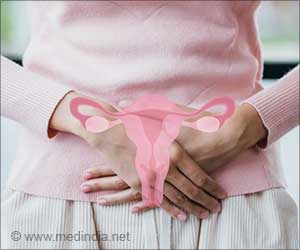The closure of a well-known Takoma Park midwifery practice and a Bethesda birth center have sparked an outcry.
The closure of a well-known Takoma Park midwifery practice and a Bethesda birth center have sparked an outcry. Those protesting this are some Washington area women who say they are worried by the dwindling number of opportunities to give birth outside a hospital or with a midwife's help.
At least seven other birth centers and midwifery practices, many citing rising malpractice insurance premiums and lagging insurance company reimbursements, have folded in the Washington-Baltimore area over the past decade.Says Mary Beth Hastings, board member of the new Birth Options Alliance: 'There are countless women scrambling to find out-of-hospital birth support.'
The group, with about 300 members, will advocate 'for a full range of birth options' in the Washington area, says Hastings, who had her 4-year-old daughter at the Bethesda birth center and her 2-month-old daughter via a midwife at her Takoma Park home.
For a relatively small but devoted group of women, the idea of giving birth in a hospital with a physician conjures up unwelcome images of being strapped to machines, talked out of natural childbirth or talked into a non-emergency Cesarean section. A birth center, they say, provides a more relaxed, homelike environment without anesthesia or C-sections. Others say they want the option of an epidural for pain relief in a hospital but believe midwives will provide more personal support and be less likely than physicians to intervene with machines, surgery or medication.
Yet, finding a midwife delivery in the Washington area, either in a birth center or hospital, is increasingly difficult. In addition to the higher malpractice premiums, birth centers have found themselves competing with hospitals offering delivery rooms designed to give mothers a more homelike experience.
Last month, the Takoma Women's Health Center shut down when its physicians group owner folded the midwifery practice. At the end of this month, The Maternity Center will deliver the last baby at its Bethesda facility, though its midwives will continue doing hospital deliveries. Both practices, in business for more than 20 years, cited financial strains.
Advertisement
In 2002, midwives attended about 12,500 births in Maryland, Virginia and the District, according to the American College of Nurse-Midwives. Those accounted for almost 8 percent of all Maryland births, 3 percent of District births and 7 percent of Virginia births.
Advertisement
Most midwives treat only healthy women with low-risk pregnancies. Anesthesia, such as an epidural block, and medications to speed up labor are available only in hospitals, and only physicians may perform C-sections.
Across the U.S, about a half-dozen birth centers have closed annually in recent years, according to the American Association of Birth Centers. In addition, the opening of new centers provides 'very slow growth' overall, according to Executive Director Kate Bauer.
Most feel the financial squeeze of malpractice insurance costs rising faster than their incomes, Bauer opines.
Those same pressures are felt throughout the health-care industry, but birth centers are hit particularly hard because they operate on slimmer profit margins than most physicians, midwives says.
Some cite problems unique to midwifery, including the growing popularity of C-sections, which they don't perform. Moreover, unlike obstetricians and gynecologists, midwives can't offset lower insurance reimbursements for office visits with higher-paying surgeries.
Some industry observers say the closings may simply mark the end of a natural cycle, as midwives who launched birth centers during their heyday in the 1970s and 1980s begin to retire.Also, many younger midwives don't want the financial strains of running a practice.
Source-Medindia
ANN/B






